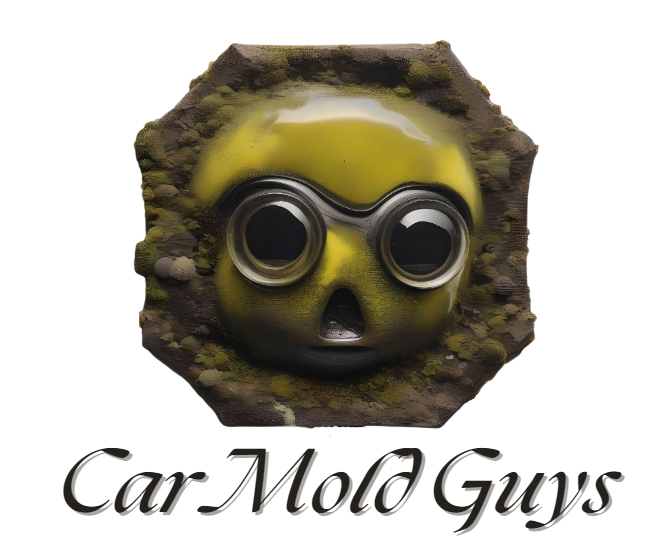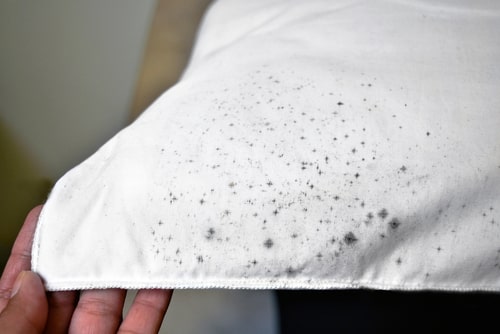Why Does Mold Stain Surfaces It’s On?
Mold can be a significant concern, especially when it appears in a car. The unsightly stains left behind are not just aesthetic issues but can also signal deeper problems. Understanding why mold stains surfaces and how to deal with it is essential for effective car mold removal and car mold remediation.
The Nature of Mold
Mold is a type of fungus that thrives in damp, humid environments, making cars prone to mold growth if moisture builds up inside. When mold grows, it releases spores and enzymes that break down organic materials. These enzymes degrade the surface they grow on, causing stains that are often tough to remove.
Why Does Mold Cause Stains?
Mold stains surfaces for a few reasons:
- Organic Breakdown: Mold feeds on organic matter, like fabrics, upholstery, and leather found in many cars. As mold digests these materials, it breaks them down, leaving dark, sometimes permanent, stains.
- Pigmentation: Some types of mold produce pigments as part of their metabolic process. These pigments can penetrate the surfaces, causing discoloration that is difficult to clean.
- Prolonged Exposure: The longer mold is allowed to grow on a surface, the deeper the staining. Mold has time to penetrate into porous materials, leading to more intense staining.
How Mold Stains Appear in Cars
Cars, due to their closed and often moist environments, are perfect breeding grounds for mold, especially after leaks or if water gets trapped inside. Common areas for mold to develop include the seats, carpets, and the interior lining of doors and windows. Over time, the combination of moisture and organic materials creates the perfect conditions for mold to thrive, leading to the dark stains that are often seen in car interiors.
Car Mold Removal vs. Car Mold Remediation
When dealing with car mold, it’s essential to understand the difference between car mold removal and car mold remediation:
- Car Mold Removal: This involves cleaning visible mold from the car’s interior. Removal might get rid of the mold temporarily, but it doesn’t address the underlying cause or prevent future growth.
- Car Mold Remediation: Remediation is a more comprehensive approach. It not only removes the mold but also treats the surfaces to prevent regrowth. This process might involve deep cleaning, using antimicrobial treatments, and addressing moisture issues in the car to ensure mold doesn’t return.
How to Prevent Mold Stains in Your Car
The best way to prevent mold stains is to control moisture. Here are some tips to keep your car mold-free:
- Fix Leaks: Ensure there are no leaks in your car’s windows, doors, or sunroof.
- Dry the Interior: If your car gets wet, use towels and fans to dry the interior as quickly as possible.
- Use Mold Inhibitors: After cleaning, use a mold inhibitor on surfaces to prevent future growth.
- Proper Ventilation: Keep your car well-ventilated to avoid excess humidity.
Conclusion
Mold stains occur due to the fungus breaking down organic materials and embedding pigments into surfaces. If left untreated, mold can cause significant damage to a car’s interior. Effective car mold removal and car mold remediation are key to both eliminating existing mold and preventing future problems. Staying proactive with regular cleaning and moisture control will help keep your car’s interior stain-free and safe from mold.
By addressing mold issues early, you can save yourself the headache of deep stains and expensive repairs later.

